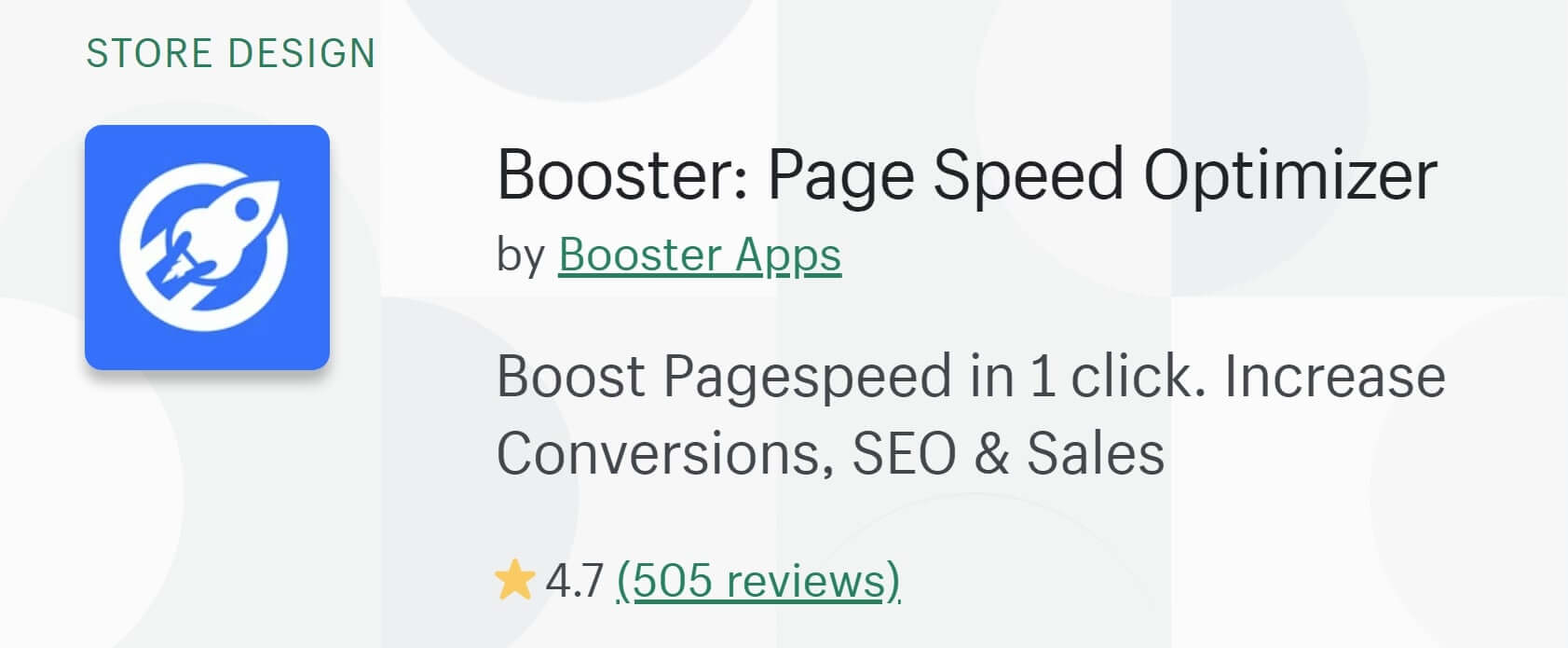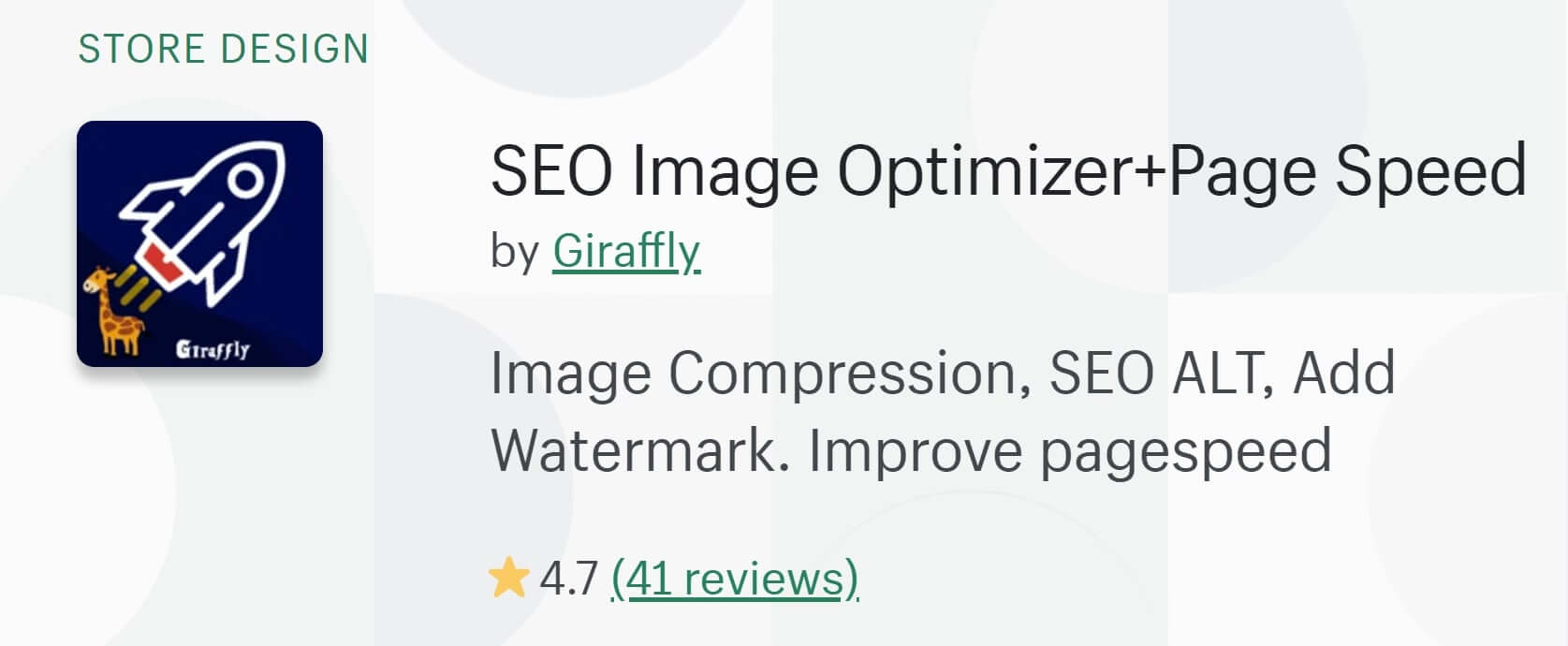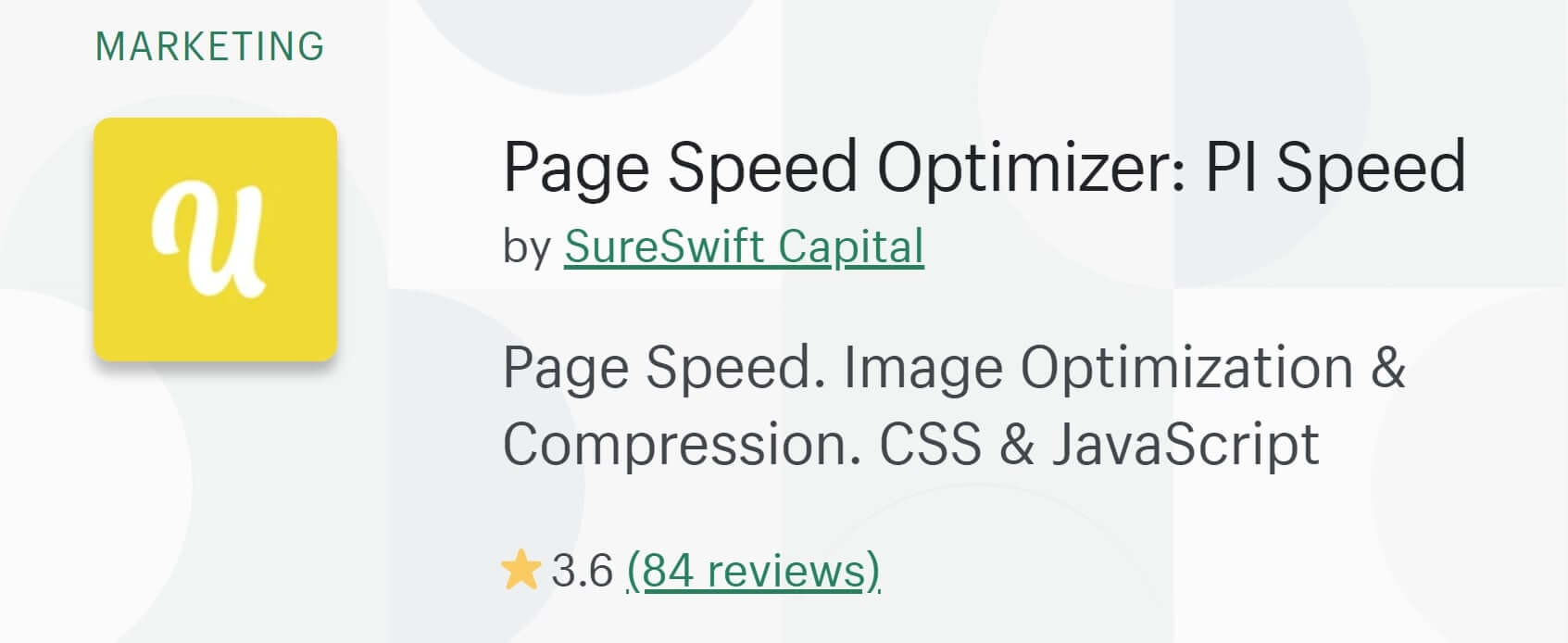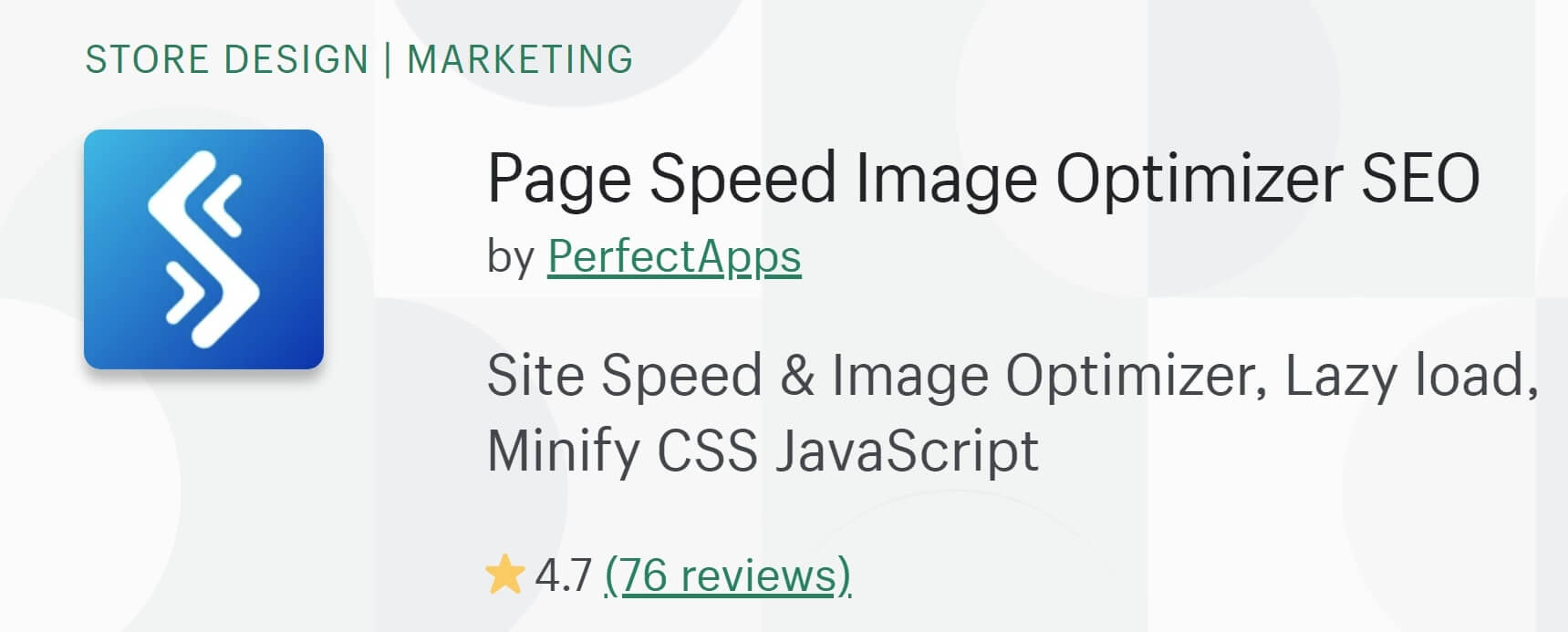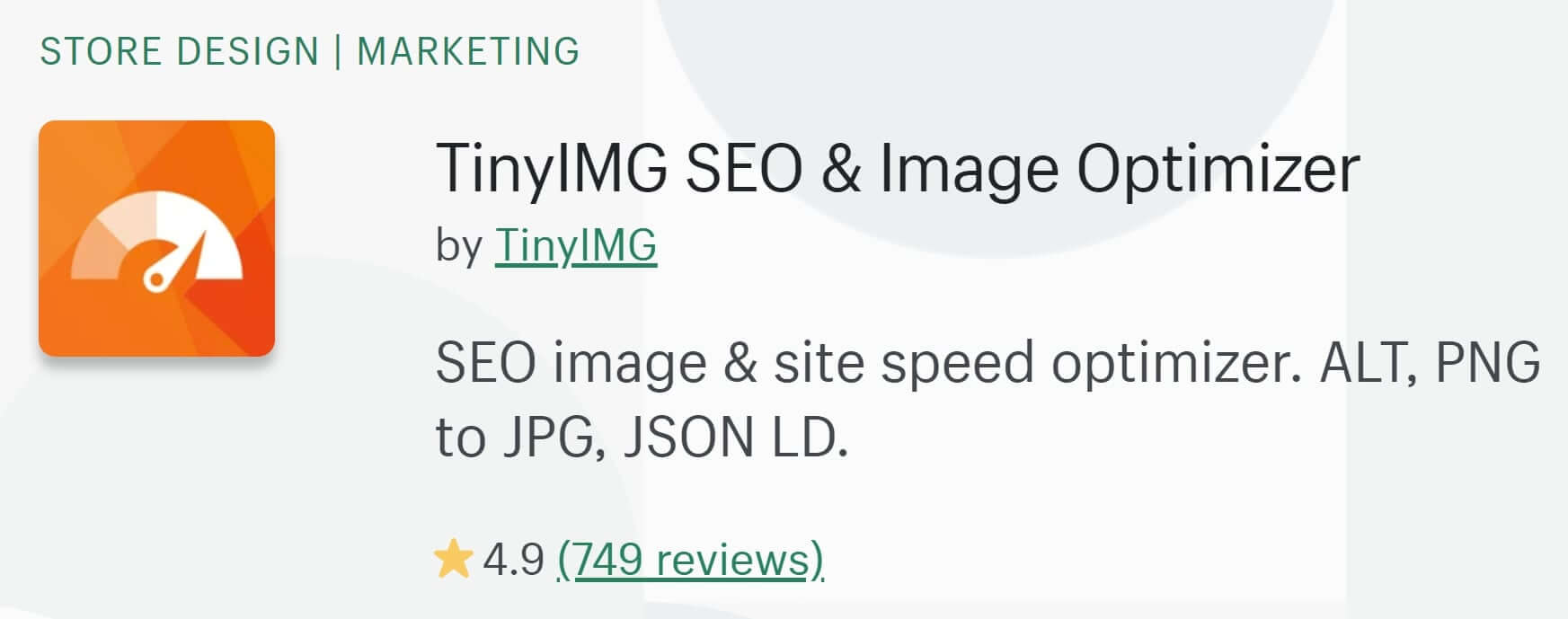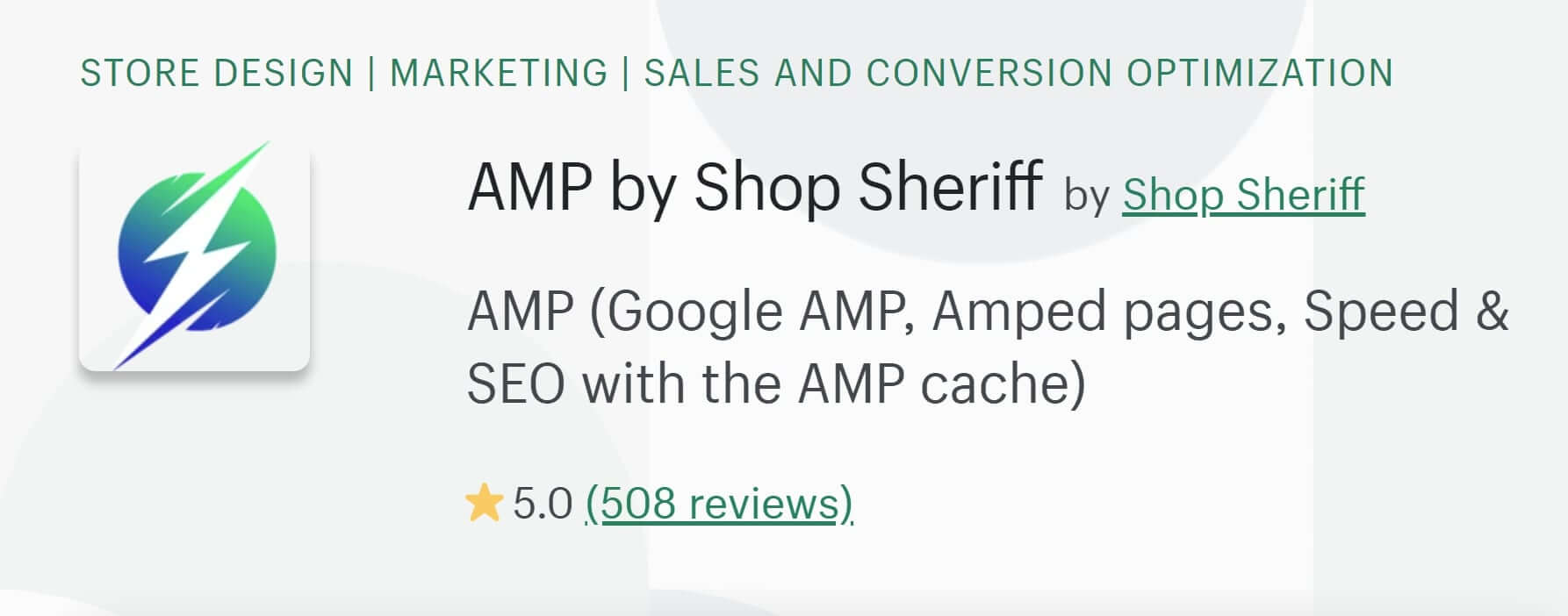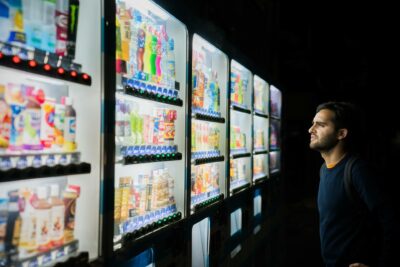If you’re wondering which Shopify speed optimization apps to use, this is the guide for you. We compare the top Shopify speed apps that aim to improve loading speed and conversion rates.
With the rise in importance of Google PageSpeed Insights and Core Web Vitals, getting your speed right is more important than ever.
What’s the most comprehensive app for Shopify performance optimization?
Based on our feature analysis, the most comprehensive Shopify speed optimization app is Hyperspeed. Hyperspeed covers the most features across industry standard speed optimizations that help with your page speed.
As every site has different issues slowing it down, it’s important to cover as many bases as possible. Hyperspeed is the most comprehensive page speed optimizer for Shopify currently on the market.
Full disclosure, we at Rvere made Hyperspeed, and we’re pretty darn proud of it.
Learn more about each app we’ve covered here!
Hyperspeed – Advanced Speed Optimization
Hyperspeed is the most complete Shopify speed optimization app in our comparison. The app makes big files smaller, and loads unnecessary files later.
Hyperspeed offers all of the traditional speed optimizations including JS/CSS minification, critical CSS inlining and LazyLoad.
What does Hyperspeed do that other apps we’ve compared don’t have? Hyperspeed reduces the speed impact of apps in your store by caching their files and deferring them. For the rest of the JavaScript in your site, Hyperspeed can defer it all with the HyperScripts feature.
In terms of image optimization, Hyperspeed will compress unlimited images at both the Lossless and Lossy level.
The app is $49/month for unlimited compression and optimizations.
Try Hyperspeed free for 7 days here.
Booster – Page Speed Optimizer
Booster is one of the most popular speed apps on the Shopify store, and is free as well.
One important thing to note is that Booster doesn’t actually improve your initial page load times. Installing Booster will not improve your scores in a speed audit like the PageSpeed Insights audit.
Instead, all they do is add page preloading to your store. When a user is already navigating your site and hovers over a link, Booster will preload that site in the background. This makes your site feel faster while your customers browse it.
Booster can be found from the Shopify app store here.
Page Speed + SEO Image Optimizer by Giraffly
Similar to Booster, the SEO Image Optimizer by Giraffly adds the same page preloading script to your store. This script improves speeds while a user browses your site, but not when they initially visit it. This means audits like the PageSpeed score will not improve from preloading.
In addition, Giraffly compresses your images. Image compression can be important as images can be the largest assets on a page, bogging down the initial page load.
Giraffly offers Lossy and Lossless image compression, and some nice bonus features as well. They allow you to watermark your photos and add alt tags to them.
The free plan optimizes 10 images, and the plans go up as you optimize more images.
You can find Giraffly’s app here.
Plug-In Speed
Plug-In Speed is one of the original speed optimization apps for Shopify, and does 2 main things. Minifying files, and compressing images.
Plug-In speed minifies CSS, JS and HTML. Minification removes white space and superfluous characters to make sure browsers don’t have to download as much.
They also offer image compression with both Lossy and Lossess options.
One note – we did not include HTML minification in our chart as we don’t consider it a speed optimization. In our tests, HTML minification makes little to no difference in how fast your page loads.
Plug-In Speed starts at $39/month for 10,000 image compressions. Install the app from Shopify here.
Swift
Swift offers many of the traditional speed optimizations that will help your initial page load in addition to image compression. They LazyLoad images, inline critical CSS and will minify your JS/CSS.
It’s a great option to improve your page speed. What’s missing is the ability to optimize third party apps and scripts. There also isn’t any way to defer JavaScript from the app.
Swift also offers the ability to make preloading animations. These are animations that block your initial page load so the user doesn’t see the site until it finishes loading.
We consider preloaders an anti-optimization and don’t recommend their use. Page preloading animations can hurt your page load times as the browser has to download the animation before the site itself.
Swift offers a free plan which won’t optimize your actual page load times. The speed optimizations start at $19/month for 1000 images. Get Swift from Shopify here.
TinyIMG
TinyIMG focuses on image optimization and SEO. The app compresses your images and adds alt tags to them. They’ll also change the file name for SEO purposes.
Other than image compression, TinyIMG also offers some features for search engine optimization like meta data editing and adding rich data for search engines.
TinyIMG offers a free plan with 50 images compressed per month. Get TinyIMG from Shopify here.
AMP by Shop Sheriff
Shop Sheriff is a page builder that allows you to make an AMP version of your store. While this app doesn’t optimize your actual site, it makes a different version of your site that visitors from Google can see.
This technique is compatible with traditional speed optimization, both can be used side-by-side.
Though AMP sites load very quickly, they are often pared-down compared to your actual site. The marketing tools you use won’t all make it over to the AMP version, changing the user’s experience of your site. This a tradeoff that each site would need to weigh.
Shop Sheriff’s AMP app can be found here.
What features do Shopify speed optimization apps have?
Page Preloading
Page preloading doesn’t change your actual loading times. I repeat, your page speed will not change with page preloading. In fact, it may get slightly slower.
So then why would you want this?
While page preloading doesn’t affect your initial page load time or your page speed score, it does improve your store’s perceived speed. This is because it makes your store feel faster while you’re clicking around it.
As you hover on certain links, page preloading will start loading on the page you’re about to click on ahead of time. By loading the page you’re about to click before you click it, your site will feel faster as users browse it.
Image Compression
Image compression makes your images’ data size smaller. While keeping the same dimensions, image compression reduces the quality of the image so that it can load faster.
Most image compressors will have an option to reduce image quality in such a way that it’s not noticeable to the human eye. It is possible to compress images further if you’re willing to sacrifice quality for speed.
There are 2 types of compression: Lossy and Lossless.
Lossless Image Compression Explained
Lossless image compression is the safest technique for compressing images. However, the data savings are often minimal.
When using lossless compression, the image quality remains untouched. Redundancies in the data are removed in order to make the file smaller.
Images compressed with using lossless compression don’t see a very big difference in image size. This is the best choice if maintaining the original quality of the image is extremely important.
This is the only compression technique available for PNG images, and can also be used for JPG images.
What is Lossy Image Compression?
Lossy image compression is the best technique if you’re looking to get images as small as possible. The more heavily compressed an image is, the more its quality degrades.
However, lossy compression can often be done to a level that isn’t noticeable to anyone viewing the image. As a result, this is the most commonly used technique for image compression
Lossy image compression only works with JPG images.
JS Minification
JavaScript Minification is a technique that reduces the data size of your JS files by removing unnecessary text.
The same amount of code executes, but each line of code is written with less characters.
As a result, your visitors can download your JS files faster without losing any functionality.
CSS Minification
Cascading Style Sheet Minification reduces the data size of your CSS files by getting rid of superfluous text and whitespace.
This makes the file smaller so it’s faster to download.
LazyLoad
Not all images and videos need to be loaded immediately when a visitor lands on your page.
However, those images and videos get downloaded anyway, slowing down the site for your customers.
LazyLoad stops those assets from being downloaded until they’re about to be seen. As a result, your page loading time can improve significantly.
Inline Critical CSS
CSS, or Cascading Style Sheets, are the instructions for your website that tell it how it should look.
Not all of those instructions are needed immediately as your visitor will only see the top of your website before scrolling down.
Inline Critical CSS takes advantage of this by figuring out what CSS is needed for the top of your site. Then, that CSS is loaded first while the rest of your CSS is loaded later.
This can help significantly with your initial page load times and First Contentful Paint stats.
App Caching
Shopify stores can have a lot of apps, and each of those apps loads from a different server. Sometimes the app servers are slow, which can impact your store.
App caching is a technique where third party scripts are stored and served from the Shopify server. As a result, your website doesn’t have to retrieve files from a bunch of different servers, speeding it up.
App Deferral
Not all apps need to load immediately. Some can be loaded later, when they’re needed. App deferral loads unnecessary apps later so that they don’t stop the rest of your site from loading.
This technique can help significantly if your store has a lot of apps.
JavaScript Deferral
Some scripts may be blocking your page from loading initially, causing it to feel slower and impacting your Core Web Vitals.
JavaScript Deferral is a technique where you stop scripts from loading in a blocking manner so that everything else in the page can load first. This can help with your Blocking Time metric and First Contentful Paint.
AMP – Accelerated Mobile Pages
AMP is a project by Google that allows sites to submit an alternate stripped-down version that follows their specifications. This ‘lite’ version of the site gets served when someone visits the site from Google.
Having an AMP site usually involves having a second theme that’s compliant with AMP standards. As a result, it won’t have many of the customizations and widgets that your actual site has. In our experience implementing AMP for clients, this can sometimes result in a decrease in conversions.
Why do I need Shopify speed optimization apps?
Shopify website speed matters. Slow sites have higher bounce rates, which means your customers leave before browsing your store. This decrease in your conversion rate can mean a lot of money is left on the table.
In a study by Google, they found that increasing load times by 2 seconds increased bounce rates by a whopping 32%.
Slow sites are also penalized by search engines which means you’ll rank lower for searches. When you’re optimizing for Shopify SEO, having a reasonably fast site means speed won’t get in the way of driving organic traffic.
What are the most valuable apps to install on Shopify plus?
For Shopify Plus, speed is more important than ever. With high volumes of visitors and sales, even a 1% change in conversions can have a huge impact on the bottom line.
For Shopify Plus stores, we’d recommend the app with the most optimizations, Hyperspeed. We’d also recommend testing AMP and measuring conversions. The loss in functionality may impact conversions more than the improvement in speed, but it could be a positive move.
What do free Shopify apps for speed do?
Most free Shopify speed apps focus on one thing – page preloading. While page preloading is great for user experience, it doesn’t actually change your page’s speed. Initial load times would stay the same (or get slightly worse) as the preloading script needs to load as well.
I’ll also let you in on a little secret. Most free apps also use the exact same script to do this: Instant Click.
Instant Click is an open source script by Alexandre Dieulot that preloads pages when your mouse hovers over a link. You can go directly to the source and download it here: http://instantclick.io/.
Should I use more than one Shopify speed optimization app?
You should try not to have duplicate features from multiple apps, it’s better to have one app handle everything. Duplicate features may mean redundant code gets loaded on your site, which will slow it down.
If you’re looking to use multiple apps, make sure they’re complementary and not conflicting. For example, there wouldn’t be any point in having multiple apps add the page preloading script to your store. There also wouldn’t be any point in having multiple apps compress your images.
What else can I do for Shopify speed optimization?
If you’re looking to optimize your Shopify store for speed, we have the perfect guide for you. Check out our ultimate guide for Shopify speed optimization here.



